Closed cell foam is a type of foam that has closed cells rather than open cells in the foam. Usually, this means that the foam cannot absorb water or other materials, because the cells are completely closed. So where a sponge-like foam can absorb water or other liquids, a closed cell foam will simply repel the water and absorb nothing.
There are four main types of closed cell foams, each with distinct properties and uses. Consider the application of your foam type before choosing a foam to use with your current project or product:
Polyurethane foam: Polyurethane foam is one of the most common types of closed foams. The foam is extremely rigid, and has almost no give to it whatsoever. Sometimes, the foam is crumbly, but in other cases it retains shape well. A lot of the texture depends on the manufacturing process. Polyurethane foam is used for knee pads, packaging, and some industrial applications.
FloTex foam: FloTex foam has a medium firmness. This foam is rubbery in texture and easy to use in a variety of industries. The foam is often used to create yoga mats, boat cushions, life preservers, camping pads, and many other uses. The water-repelling nature of the foam makes it ideal for use in marine applications.
EVA foam: EVA foam is a firm foam, but has a slightly softer feel than polyurethane foam. EVA foam has give, but springs right back into place. This makes the foam ideal for use as padding in helmets, sporting equipment, kneepads, shin guards, hot tub insulation, boating bumpers, and many other applications.
Volara foam: Volara foam is the squishiest form of closed-cell foams. The foam is a closed-cell foam, but the actual texture of the foam looks like it should be open-cell. The flexible nature of the foam makes it ideal for use where a large amount of give is necessary. This kind of foam is also ideal for use as acoustic insulation, as it absorbs sound well. You will often find this foam used for hot tub covers, mattress toppers, and more.
 Die Cutting
Die Cutting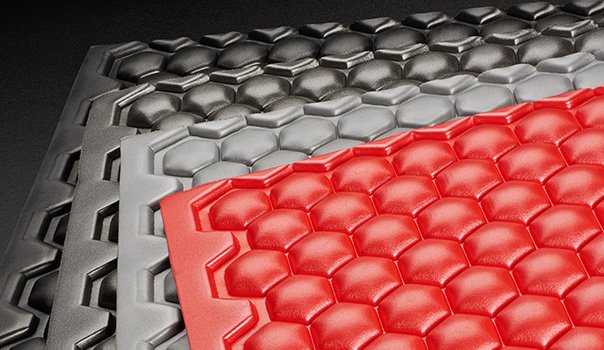 Foam Fab
Foam Fab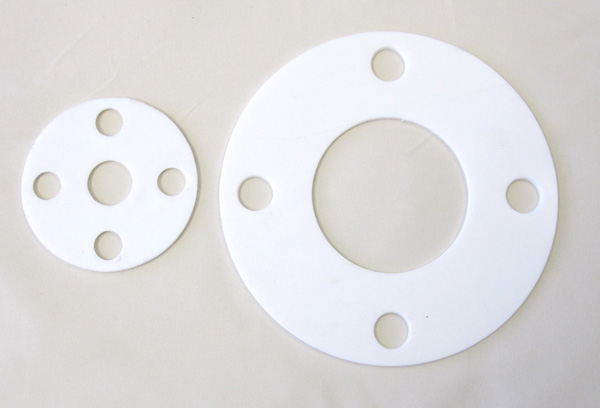 Gaskets
Gaskets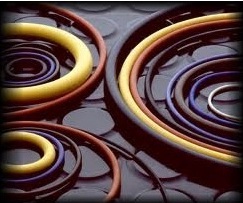 O-rings
O-rings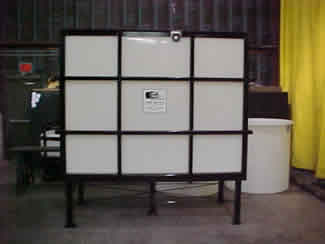 Plastic Fabricators
Plastic Fabricators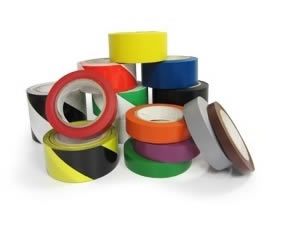 Tape Suppliers
Tape Suppliers Castings & Forgings
Castings & Forgings Bulk Material Handling
Bulk Material Handling Electrical & Electronic Components
Electrical & Electronic Components Flow Instrumentation
Flow Instrumentation Hardware
Hardware Material Handling Equipment
Material Handling Equipment Metal Cutting Services
Metal Cutting Services Metal Forming Services
Metal Forming Services Metal Suppliers
Metal Suppliers Motion Control Products
Motion Control Products Plant & Facility Equipment
Plant & Facility Equipment Plant & Facility Supplies
Plant & Facility Supplies Plastic Molding Processes
Plastic Molding Processes Pumps & Valves
Pumps & Valves Recycling Equipment
Recycling Equipment Rubber Products & Services
Rubber Products & Services